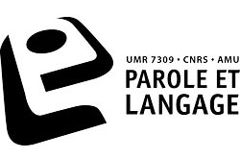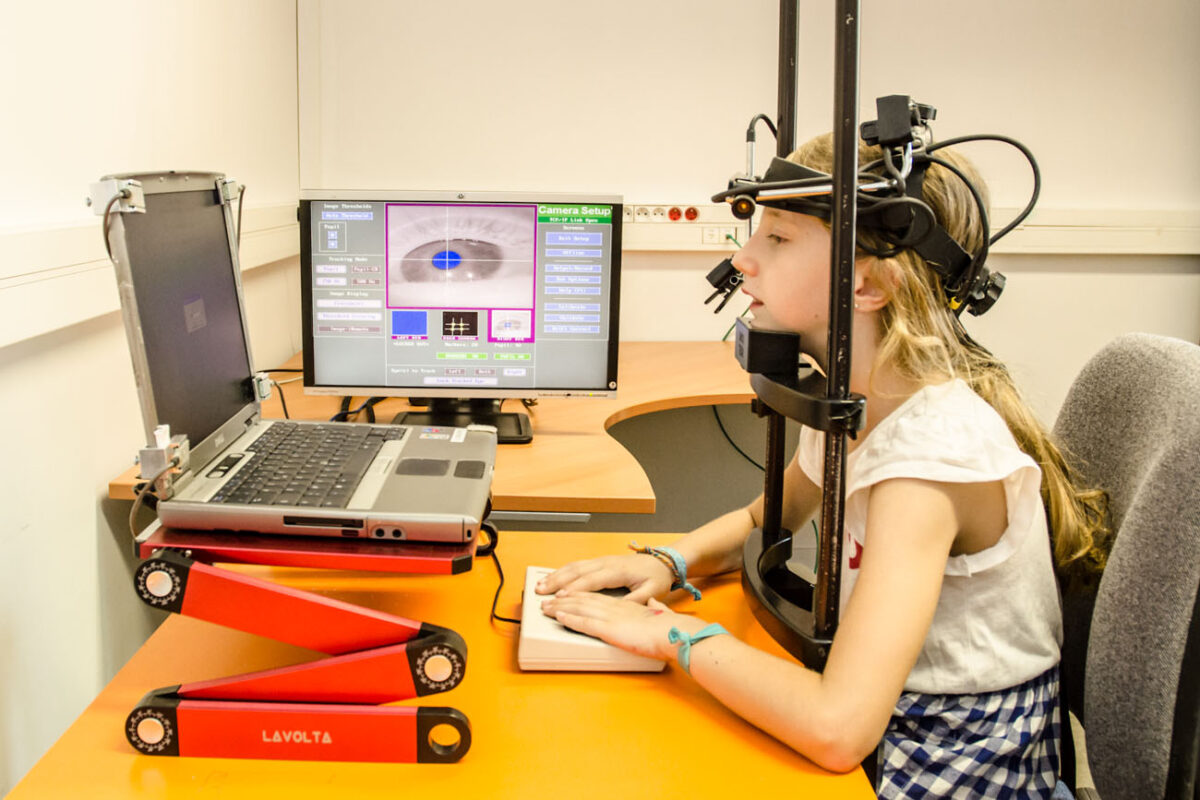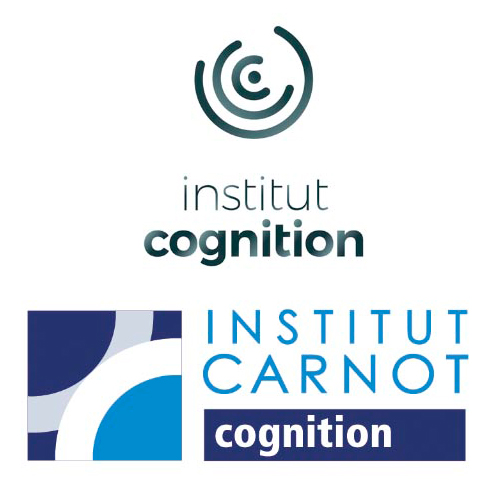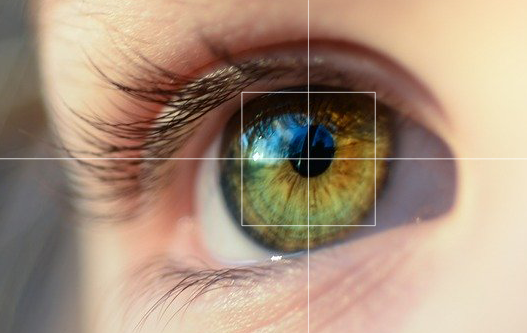We are pleased to announce that, in addition to "PATY ", two other scientific projects submitted as part of the Carnot Cognition Institute call for proposals have also obtained their funding. These are the "TRUENESS" project (Philippe Blache, project leader, and Roxane Bertrand from LPL) and "7TaDYRE" (Serge Pinto from LPL), for which you will find detailed information below.
Congratulations!
TRUENESS: Théâtre-forum viRtuel poUr luttEr coNtre lES diScriminations
Coordinator: Philippe Blache (LPL)
Partner: Magalie Ochs (LIS), Roxane Bertrand (LPL), Marine Montaut (NextLevel), Louisette Maret (Le Cap), Jean-Marie Pergandi (CRVM)
Abstract (in French):
Ce projet se propose d’aborder la première étape d’un projet visant à développer un environnement de réalité virtuelle simulant le contexte d’un « théâtre-forum » utilisé dans la cadre de la lutte contre les discriminations en formant des professionnels à réagir à des situations de discrimination. Un tel développement nécessite la création d’un agent conversationnel animé jouant le rôle d’un individu à l’origine d’une telle discrimination. Cet agent doit ensuite être capable de dialoguer avec le sujet humain témoin de la scène. La première étape d’un tel développement porte sur la création d’un modèle de comportement verbal et mimo-gestuel pour cet agent. Ce travail consiste à recueillir des corpus de ce type de situation puis de les analyser. Ces corpus sont des captations vidéo d’acteurs jouant ces rôles. Ils sont recueillis grâce à la collaboration d’une entreprise partenaire de ce projet spécialisée dans l’organisation de formations portant sur ce type de situations. Avant de passer à l’établissement du modèle à proprement parler puis à son implantation dans un agent virtuel, il convient donc de recueillir ces corpus et de les analyser. L’objet de la présente demande porte donc sur l’acquisition des données : création du scénario, captations vidéo et premières extractions des caractéristiques fondant le modèle.
7TaDYRE: Understanding the role of sensorimotor representation in dyslexia: 7T MRI study in young dyslexic adults to identify the neural bases of dyslexia and the impact of comorbidity.
Coordinator: Christine ASSAIANTE (LNC)
Partner: Pascale Cole (LPC) - Serge Pinto (LPL) - Jean-Philippe Ranjeva (CRMBM)
Abstract (in French):
Le projet en question vise à étudier les bases neurales des liens fonctionnels entre les représentations langagières et sensorimotrices, et leurs possibles modifications, chez des adultes dyslexiques. L'objectif est d'évaluer si une altération des représentations phonémiques est associée à une altération du modèle interne de mouvements articulatoires et corporels. L’idée est aussi de voir si ces modifications sont sous-tendues par des particularités cérébrales, anatomiques et fonctionnelles mesurées en IRM 7T.










